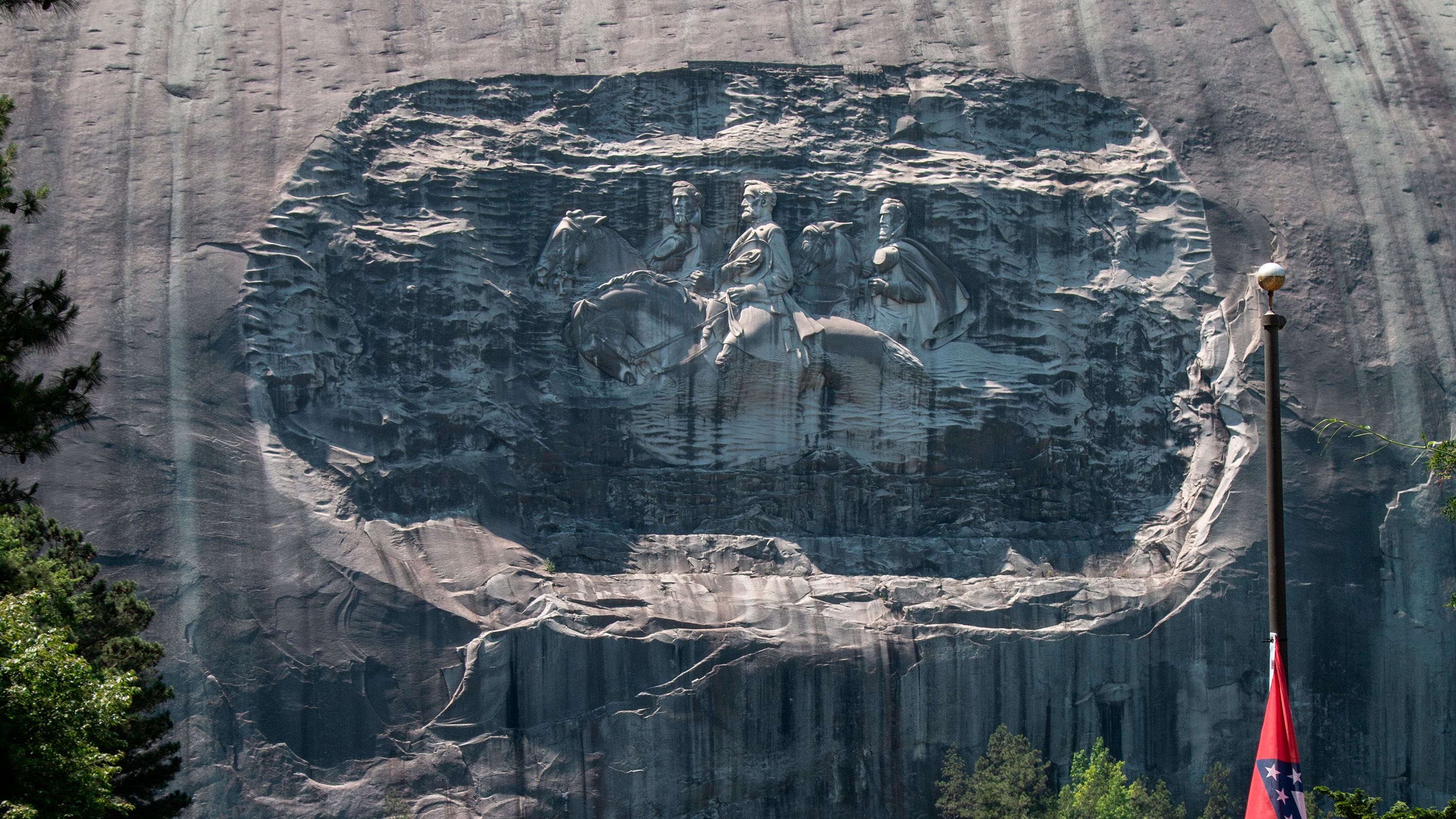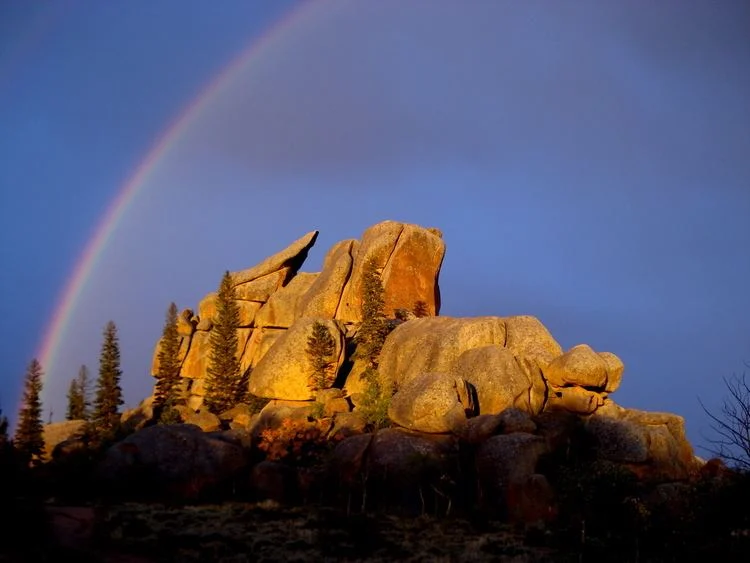Geololgy Chapter 7, Interlude B - flashcards
1/54
There's no tags or description
Looks like no tags are added yet.
Name | Mastery | Learn | Test | Matching | Spaced |
|---|
No study sessions yet.
55 Terms
Sedimentary rocks
Lithified sediments, forms when rock debris transported by the agents of erosion solidify. Cools deep below the ground
How much of Earth’s surface does sedimentary rocks cover?
75-80%
what important resources do sedimentary rocks provide
oil, natural gas, coal, sand, gravel, salt, clay, ores
Weathering
Break down of rocks
Regolith
Loose material that is the end product of weathering
Erosion
Movement/deposition of sediments
The more chemically weathered a rock is…
the more it will likely undergo mechanical weathering
mechanical weathering
physical breakup of rock, dominant process in cool/dry climates, maintains mineral compositions
chemical weathering
changing the chemical makeup of the rock
mechanical exfoliation
curved plates of rock are stripped from the rock below
geological example of mechanical weathering
Exfoliation domes, Stone Mountain

Frost wedging
splitting or break-up of rock by the pressure of water freezing in cracks, crevices, pores, joints or bedding planes.
What type of environment is chemical weathering most dominant in?
Warm/humid areas
thermal expansion
quartz expands 3 times as much as felspar
abrasion
stones grinding together, gradually gets more flat or spherical
root wedging
roots work their way down into the cracks of the rocks, slowly pushing the rocks away from each other. tree roots break up the rock’s mass allowing water to come in
oxidation
oxygen and a metal binding together, producing rust
hydrolisis
H20 breaks down and reacts with the crystalline structure of the other minerals and changes their composition; it is an acidifying agent
spheroidal weathering
weathering attacks the corners and edges of a rock the quickest, and the faces the rock the slowest, ultimately creating a spherical shape
example of spheroidal weathering
Vedawoo

0 Horizon- A2 Horizon
Topsoil-transition
B horizon
Subsoil- formation of clay
C Horizon
accumulations of silica, carbonates, & gypsum
Lithified sediments
sediments that are compacted under pressure, dewaters (expels water), and solidified (cemented)
strata
stacked-up layers of accumulated sedimentary rock deposits
Conglomerate rocks
formed by river deposits
sandstone rocks
found near beaches or deserts
Shale
formed in oceans, lakes, or swamps
submatrine fan
underwater land slides that happen on the continental slope
Organic rocks
remains of plants
river that runs into the Dead Sea
Jordan River… runs into a desert and then evaporates
Carbonates (biochemical)
forms in warm and most likely shallow marine environments
examples of carbonates
limestones, conquina, ooids, chalk
what do we use limestone for?
creating cement
alluvial fan
triangular shaped deposit of gravel, sand and smaller sediments
sorting
the process by which sediments of similar size are naturally segregated during transport and deposition
How well sorted can an alluvial fan be?
very poorly sorted
vertical ripple marks
caused by uplift of seafloor
Delta
when a stream carries a sediment into a larger body of water, creates conglomerate stones
Lake Bonneville
water levels decreased over time, but delta deposits still stayed
graded bedding
particles grade up to finer particles
as sea levels rise…
sediments move towards the land
as sea levels fall
sediments move owards ocean
transgression
sea level rising over the land
regression
sea level falling off the land and into the ocean
Cause of sea level rise
Interglacial rising: glaciers are melting and forming at a more quicker rate than natural processes can keep up with
How do we preserve sand dunes/sandstone mountains
as groundwater comes up from below, it saturates the bottom on the dunes, but leaves the top of the dunes dry, allowing sand dunes to grow more (accumulation)